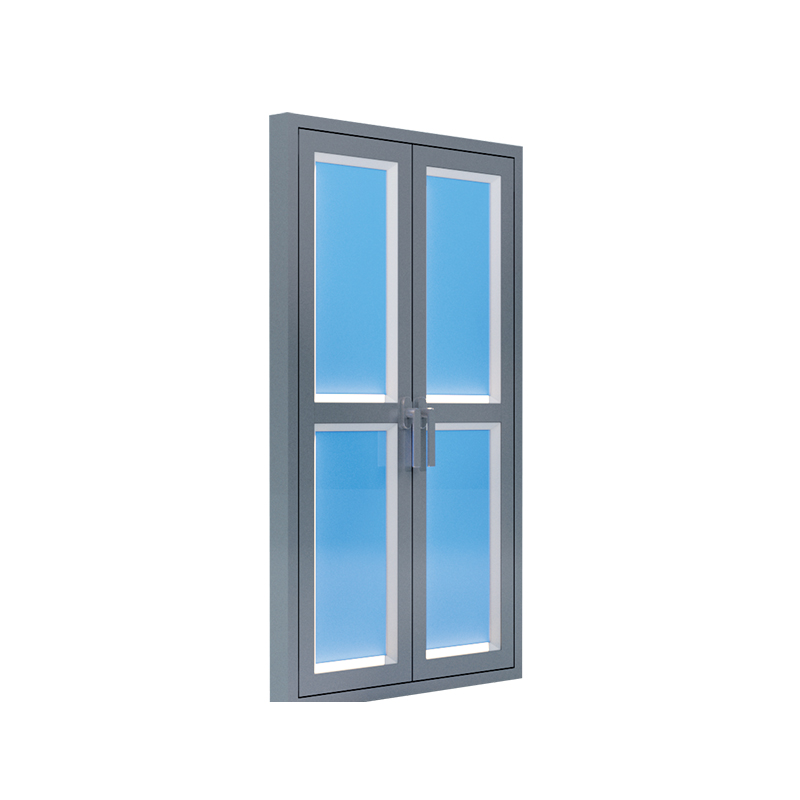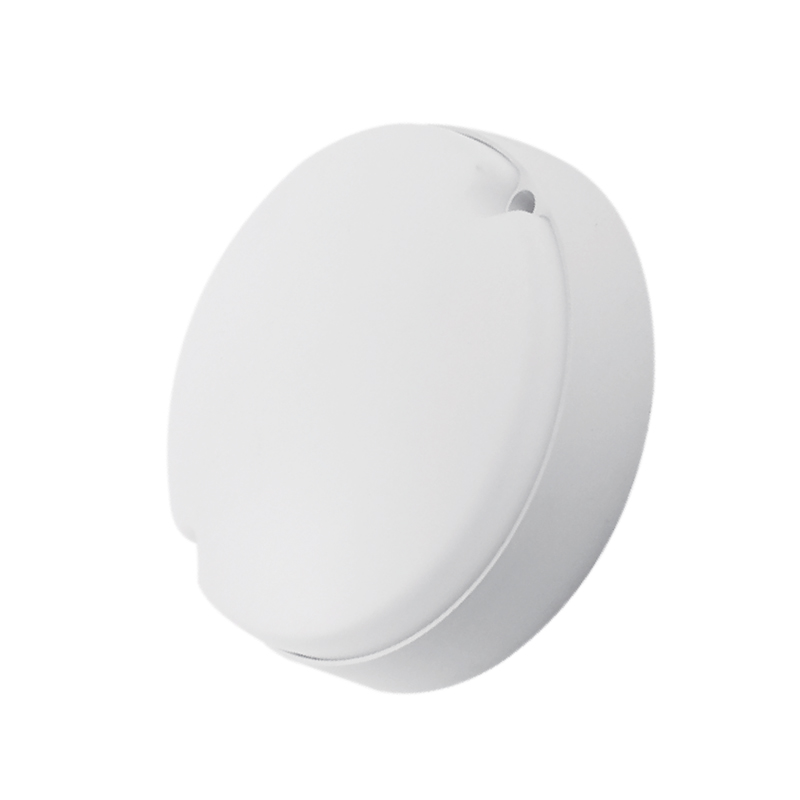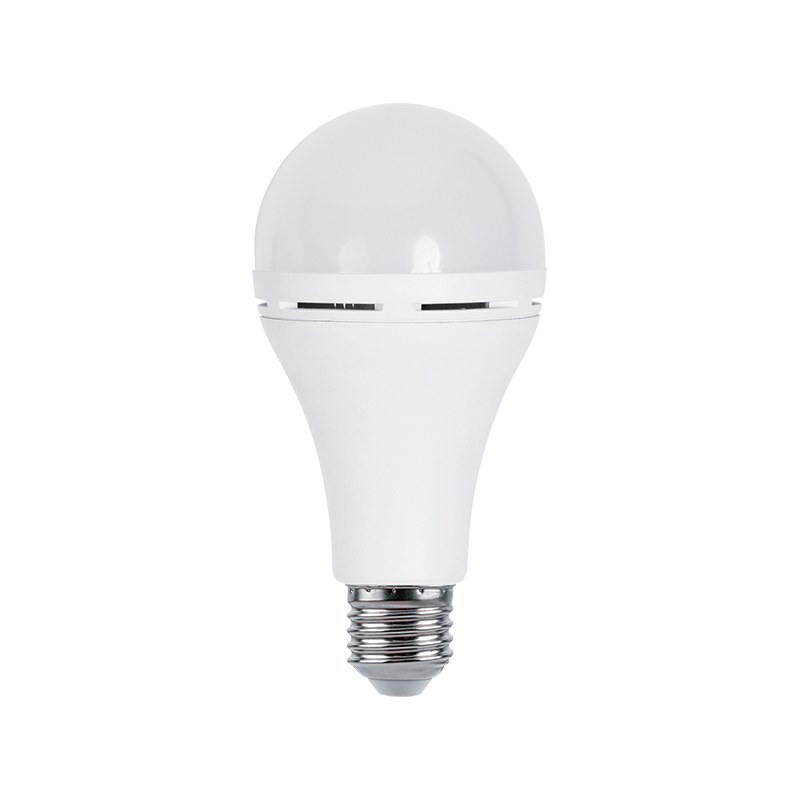We sincerely look forward to establishing a long-term development partnership with you with good quality and professional services.
As a key device for testing photovoltaic, photocatalytic and photoelectric response devices, the core function of the solar simulation lamp is to reproduce the solar spectrum and output a stable light spot. However, traditional light source systems often cause optical components to shift due to mechanical vibration (such as equipment handling, laboratory table vibration) or temperature changes (such as ambient temperature rise, light source heating), which in turn causes problems such as light spot distortion and uniformity reduction. The P&X series solves this industry pain point from the root through the integrated fixed design of the reflector and lens, providing reliable guarantee for high-precision optical testing.
The core advantage of the integrated fixed design
The P&X series uses aviation-grade aluminum alloy as the main material of the fixed bracket. Its Young's modulus (stiffness) is 40% higher than that of ordinary aluminum alloy, which can effectively resist deformation caused by mechanical vibration. At the same time, the surface of the bracket is coated with a ceramic coating with a low coefficient of thermal expansion (CTE), so that the overall CTE value is controlled within 2.5×10⁻⁶/℃, which is much lower than the CTE of optical glass (7×10⁻⁶/℃), thereby reducing the dimensional changes caused by temperature changes.
The fixing rings of the lens and reflector are made of titanium alloy, which has better strength and rigidity than traditional stainless steel, and through precision processing, the flatness of the contact surface with the optical element is ensured to be ≤0.01mm, avoiding optical deviation caused by assembly stress.
The fixed bracket adopts a truss structure, and the stress distribution of key nodes is optimized through finite element analysis (FEA), which increases the overall rigidity by 30%. In the vibration test, the structure can withstand the impact of 10g acceleration, and the displacement of the optical element is ≤0.02mm, which is far higher than the industry standard of 0.1mm.
In addition, the connection between the bracket and the optical element adopts a "three-point floating support" design, which allows the element to move slightly in a specific direction during thermal expansion and contraction, while maintaining positioning accuracy through elastic preload. This design not only avoids stress concentration caused by rigid connection, but also ensures stability in long-term use.
Heat generation from light sources is the main factor causing temperature changes. The P&X series integrates a high thermal conductivity graphene heat sink on the back of the light source, and cooperates with a circulating water cooling system to control the temperature fluctuation of the light source within ±1°C. At the same time, the inside of the bracket is filled with aerogel insulation material to block the conduction of heat to the optical element, so that the temperature gradient of the lens and the reflector is ≤0.5°C/cm.
To further compensate for thermal deformation, the bracket adopts a bimetallic compensation structure. When the temperature rises, the compensation sheet automatically adjusts the spacing of the fixing ring to offset the dimensional changes caused by thermal expansion. Experiments have shown that this technology can reduce the offset of optical elements by 60%.
Technology implementation path: full process control from design to verification
The fixing rings of the lens and the reflector are manufactured by a CNC machining center (CNC), with a surface roughness Ra≤0.4μm, ensuring that there is no microscopic deformation on the contact surface with the optical element. During the assembly process, the laser interferometer monitors the flatness and parallelism of the components in real time, and automatically alarms when the deviation exceeds 0.005mm.
The assembly of the integrated fixed bracket adopts a modular design, and each component is connected by a high-precision positioning pin and bolt, and the assembly error is ≤0.02mm. After the assembly is completed, a 24-hour aging test is carried out to ensure that the structural stability meets the design requirements.
To verify the structural stability, the P&X series has passed a number of rigorous tests:
Vibration test: simulate the vibration environment during transportation, the frequency range is 5-200Hz, the acceleration is 10g, and it lasts for 1 hour. The offset of the optical element is ≤0.02mm;
Temperature cycle test: extreme temperature cycle from -40℃ to 80℃, each cycle is 24 hours, a total of 10 cycles, and the spot uniformity changes ≤2%;
Wet heat test: 1000 hours in an environment of 85℃/85%RH, no corrosion or offset of optical components.
The spot uniformity of the P&X series is quantitatively evaluated by a high-resolution CCD camera and spot analysis software. Experiments show that at a standard working distance (500mm), the intensity difference at each point in the spot is ≤5%, and after 1000 hours of continuous operation, the uniformity change is ≤1%, far exceeding the industry standard of 10%.
Industry value and application scenarios
In solar cell efficiency testing, the uniformity of the spot directly affects the accuracy of the I-V curve. The spot stability of the P&X series can reduce the efficiency test error to ±0.5%, providing a reliable basis for material research and development and process optimization.
Photodegradation experiments are highly sensitive to lighting conditions. The structural stability of the P&X series ensures the repeatability of experimental results, avoids errors caused by light source offset, and provides a stable platform for the performance evaluation of photocatalysts.
In non-contact surface defect detection, the spot uniformity of the P&X series sun simulator light can improve the accuracy of defect identification. For example, in the EL detection of photovoltaic modules, micron-level cracks can be clearly distinguished to help product quality control.

 English
English Español
Español Deutsch
Deutsch






